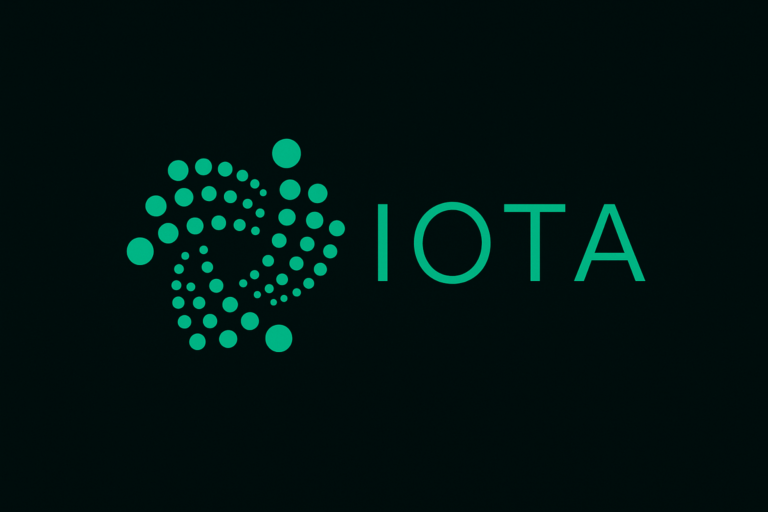
Ethereum might not be the hottest name in crypto headlines right now, but according to Arthur Hayes, the former BitMEX CEO and influential voice in the crypto world, that’s exactly what makes it a compelling investment. Speaking at the Bitcoin 2025 conference in Las Vegas, Hayes offered a bold prediction: Ethereum could surge to $5,000 by the end of the year—a near 88% increase from its current levels.
“I think ETH could go to $4,000 or $5,000 this year,” Hayes told Decrypt. “It’s the most hated layer-1, and usually, when everyone’s ignoring or doubting an asset during a cycle shift, that’s when you want to start paying attention.”
This contrarian philosophy—buy when others hesitate—is a classic Hayes move, and it’s not without logic. While Ethereum may have been overshadowed lately by the buzz around Solana, meme coins, and Bitcoin’s institutional moment, Hayes believes the fundamentals are still solid—and perhaps even improving.
Ethereum is currently trading around $2,646, having gained over 45% in the past month alone. That spike has reignited interest among investors who had previously soured on ETH amid its slower price action compared to newer, flashier competitors. And Hayes isn’t alone in his optimism.
A recent research note from investment firm Bernstein cited several reasons for Ethereum’s recent performance and future promise. One of the key factors is Ethereum’s dominance in the stablecoin ecosystem. Despite a competitive DeFi landscape, Ethereum still holds over half (51%) of the total stablecoin supply—a major foundation for ongoing network activity and demand.
Bernstein analysts also highlighted Ethereum’s expansive layer-2 ecosystem. These scaling solutions, like Optimism, Arbitrum, and new corporate-built networks such as WonderFi’s Ethereum-based layer-2 (recently acquired by Robinhood), are helping Ethereum handle more activity while keeping fees low. And crucially, they still require ETH as gas to function—driving real economic utility for the token.
“Platforms like Robinhood could one day use these networks to tokenize equities,” Bernstein noted. “That means more ETH usage under the hood, and more demand to follow.”
The broader market sentiment is also shifting in ETH’s favor. Just this week, Standard Chartered echoed a bullish outlook. The bank’s Head of Digital Assets, Geoffrey Kendrick, suggested Ethereum could climb to $4,000 this year, aligning with the lower end of Hayes’ forecast. Even more striking, Kendrick set a longer-term target of $7,500 for ETH by 2029.
To be clear, hitting $5,000 wouldn’t just be a strong year for ETH—it would mark a new all-time high. The last peak came in late 2021, when Ethereum touched $4,878. That moment feels like a long time ago in crypto years, but the recent surge in price and upgrades like the successful Pectra rollout in early May are rekindling that bullish fire.
Of course, Ethereum’s path hasn’t been without turbulence. The community has voiced frustrations not only about price stagnation but also leadership and communication issues. Vitalik Buterin, Ethereum’s co-founder, adopted a more aggressive tone earlier this year—what some called a “wartime” persona—while the Ethereum Foundation made several leadership and strategic shifts in response to mounting concerns.
Despite the internal drama, ETH appears to be turning a corner—and Hayes is betting that the market is underestimating it. If history is any guide, that might just be the kind of setup that Ethereum needs to surprise everyone.
And as for Hayes himself? His conviction in the broader crypto ecosystem hasn’t wavered. Earlier this month, he made headlines with another daring prediction: Bitcoin could reach $1 million by 2028.
Whether you agree with his timelines or not, one thing is clear—Arthur Hayes sees Ethereum not as a has-been, but as a sleeping giant. And if he’s right, ETH holders could be in for a surprisingly strong year.




